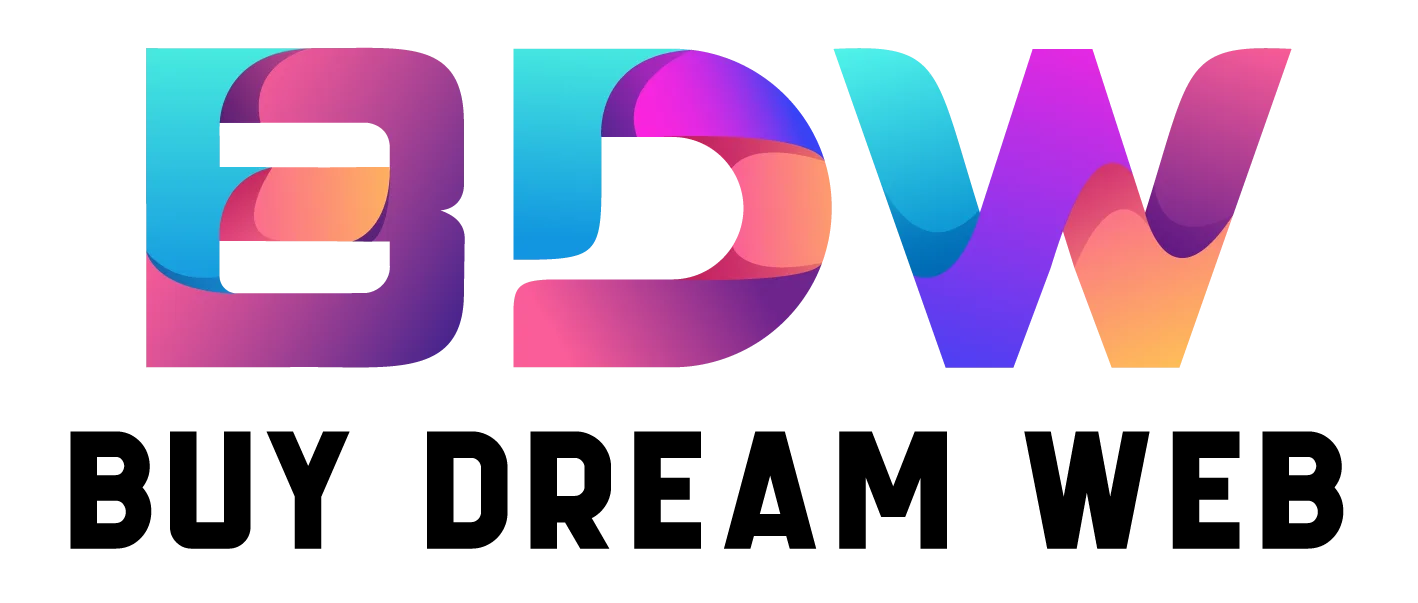The Generative AI Arms Race Heats Up: Microsoft Challenges Google’s Dominance
The realm of artificial intelligence (AI) is witnessing a thrilling duel, with generative AI emerging as the new battleground. Google, a long-standing leader in AI research, has held a dominant position with its powerful language model Bard. However, Microsoft has recently thrown down the gauntlet, announcing advancements in its own generative AI model and strategic integrations, challenging Google’s supremacy. This blog delves into the current state of the generative AI race, explores the capabilities of each contender, and analyzes the potential implications for the future of this transformative technology.
The Power of Generative AI: Transforming Text and Data
Generative AI encompasses a class of AI models capable of creating entirely new text, code, images, or even music. This technology holds immense potential across various industries:
- Content Creation: Generative AI can assist writers, artists, and designers by generating creative text formats, image variations, or musical pieces.
- Software Development: AI-powered code generation can streamline software development and automate repetitive tasks.
- Personalized Experiences: Generative AI can personalize user experiences by tailoring content, recommendations, and interactions based on individual preferences.
The Reigning Champion: Google’s Bard Sets the Bar High
Google’s Bard has established itself as a frontrunner in the generative AI race:
- Advanced Language Processing: Bard excels at understanding and responding to complex natural language prompts, generating human-quality text formats like poems, code, scripts, musical pieces, and email.
- Integration with Search: Google is integrating Bard with its search engine, potentially revolutionizing search results by providing more conversational and informative responses to user queries.
- Focus on Accessibility: Google offers various Bard’s functionalities through its cloud platform, allowing developers to leverage its capabilities in their applications.
The Rising Challenger: Microsoft Enters the Ring
Microsoft, with its advancements in generative AI, is emerging as a formidable competitor:
- OpenAI Partnership: Microsoft’s strategic investment in OpenAI, the creators of the powerful GPT-4 language model, provides it with access to cutting-edge AI technology.
- Copilot Upgrade: Microsoft recently announced the integration of GPT-4 Turbo, an enhanced version of GPT-4, into its AI coding assistant, Copilot. This empowers developers with superior code generation and completion capabilities.
- Focus on Developer Tools: Microsoft’s strategy seems to prioritize empowering developers with generative AI tools, potentially accelerating innovation in various sectors.
The Battle Heats Up: A Tale of Two Approaches
While both Google and Microsoft are vying for dominance in generative AI, their approaches differ:
- Google’s Focus: Google appears to prioritize integrating Bard into its core products and services like Search, aiming to enhance user experiences across its ecosystem.
- Microsoft’s Strategy: Microsoft seems to be focusing on developer tools, providing AI-powered capabilities through Copilot and potentially other platforms, empowering developers to leverage generative AI in their own creations.
Uncertainties and Considerations: The Future of Generative AI
The generative AI race presents both exciting opportunities and potential challenges:
- Bias and Misinformation: Generative AI models can perpetuate biases present in their training data. Mitigating bias and ensuring the responsible use of this technology are crucial.
- The “AI Singularity” Debate: Some experts raise concerns about the potential for generative AI to become so sophisticated that it surpasses human intelligence. Careful consideration of ethical implications is essential.
- The Democratization of Creativity: Generative AI has the potential to democratize creative expression by making sophisticated content creation tools more accessible.
A Collaborative Future: Beyond the Competition
While competition between Google and Microsoft fuels innovation, collaboration in addressing key challenges could be beneficial:
- Standardization and Best Practices: Developing ethical guidelines and responsible deployment practices for generative AI can ensure its positive impact on society.
- Addressing Bias: Collaboration on research and development to minimize bias within generative AI models is crucial for promoting fairness and inclusivity.
- Human-AI Collaboration: The future lies in humans and AI working together. Generative AI can augment human creativity, not replace it.
Conclusion: A Generative Future Beckons
The generative AI race between Google and Microsoft signifies a significant development in the field of AI. As these technologies evolve, the potential for transformative advancements across various industries is undeniable. By addressing the challenges, fostering responsible development, and prioritizing human-AI collaboration, generative AI has the potential to shape a future brimming with creative possibilities and groundbreaking applications that benefit all.
Additional Points to Consider:
- Briefly discuss the role of other companies like Amazon, Meta, and Baidu in the generative AI landscape.
I hope you will love this blog!
Article Link: https://www.nytimes.com/

 +44 747720 4635
+44 747720 4635


Comments are closed